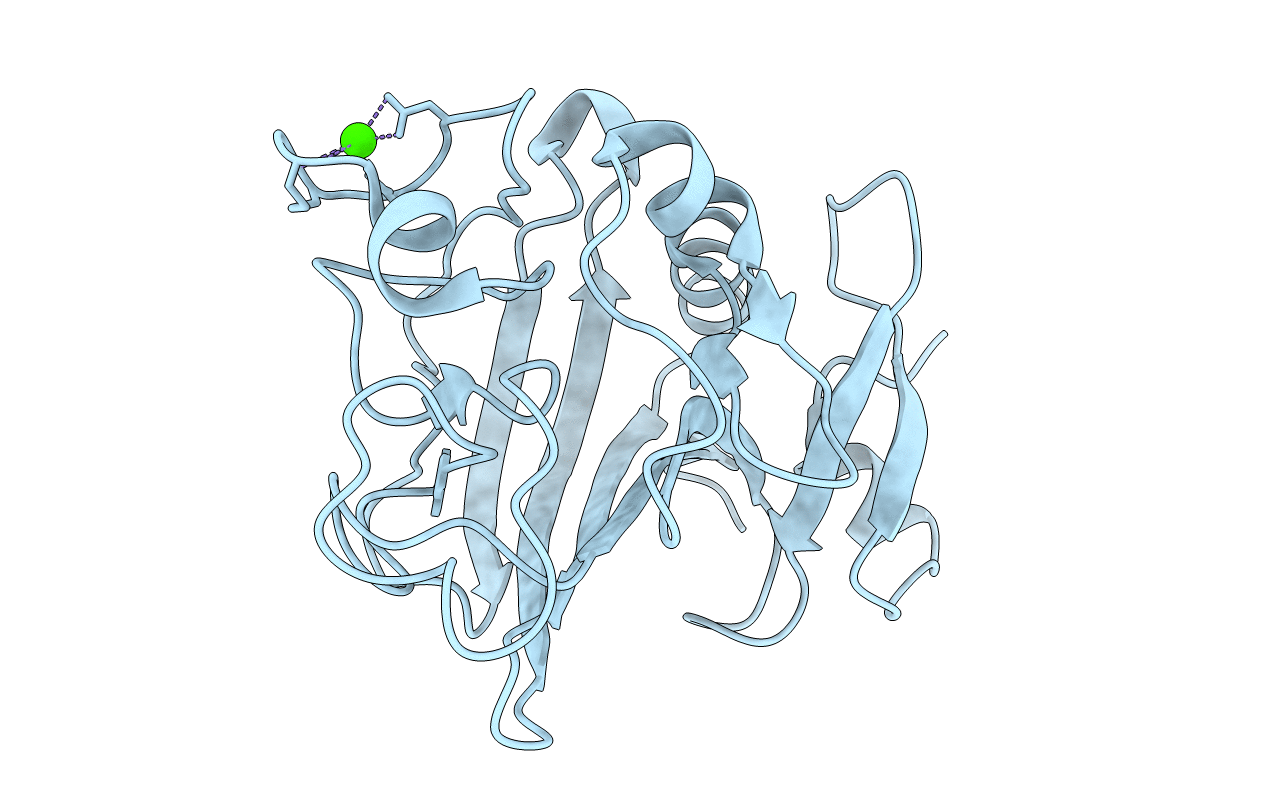
Deposition Date
2013-03-31
Release Date
2013-05-08
Last Version Date
2024-11-06
Entry Detail
PDB ID:
4JYO
Keywords:
Title:
Structural basis for angiopoietin-1 mediated signaling initiation
Biological Source:
Source Organism:
Homo sapiens (Taxon ID: 9606)
Host Organism:
Method Details:
Experimental Method:
Resolution:
2.50 Å
R-Value Free:
0.24
R-Value Work:
0.18
R-Value Observed:
0.18
Space Group:
P 64 2 2


